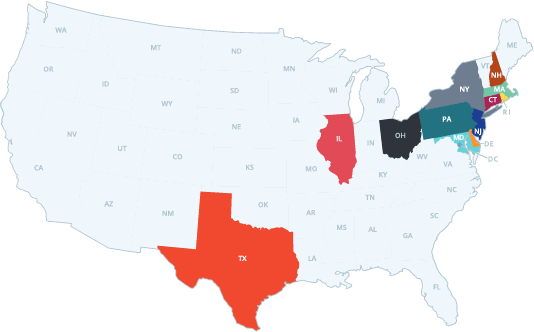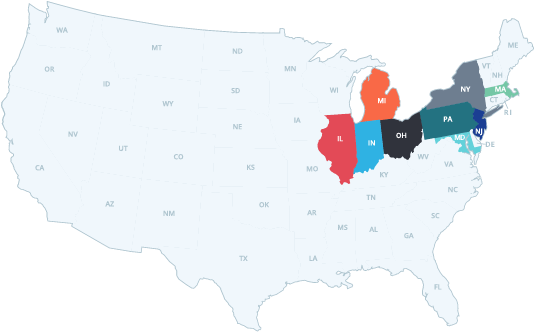How to Read Plan Documents
If you live in a deregulated area for electricity or natural gas, you can choose your own supplier to find the best rate and plan for your home. While deregulation provides you with a wide variety of options, figuring out which plan and rate works best for you can be daunting. One resource that can make the shopping process easier and more straightforward is plan documents.

Plan documents are often required by your state's utilities commission, the governing body that regulates the services of electricity and natural gas. These documents provide a snapshot of vital information about each plan and give you the ability to easily compare plans. However, plan documents can be confusing to decipher. This guide will walk you through the plan documents you may come across in your state.
Both electricity and natural gas plans have rate plan summaries, but electricity plans may also have an environmental or power disclosure.
Plan Summary
A rate plan summary, also referred to as a contract summary or disclosure summary, provides what its name suggests – a summary of the plan information. This document gives you the rate, fees associated with the plan and any other important plan elements that you should know about before you decide to enroll.
Depending on your state, you may see different information appear on your plan summary. If you live in Texas, your plan summary document is called an Electricity Facts Label.
Rate Information
Your plan summary should contain a rate that you will pay per unit of usage. For electricity, this unit will be kilowatt-hours (kWh); for gas, you could see Therm, CCF or MCF, depending on the unit your utility uses.
You may also see information about what is included in the given rate. When you sign up for service with a competitive supplier rather than your utility, your utility will still continue to bill you in most service areas. Your utility has its own set of charges that cover the cost of delivering electricity or gas to your home, and the rate from the supplier may not include these delivery fees.
The rate from the supplier may include charges for generation service and transmission of power to your home, as well as gross receipts tax, which is a tax imposed on suppliers operating in an area with a population over 1,000.
Term Length
You'll also see a term length listed in the plan summary, usually in number of months or billing cycles. This tells you how long the plan's contract will last, which reflects how many billing cycles you'll be charged the listed rate and how long you need to remain on that plan before you can switch suppliers with no penalty.
Early Termination Fees
Your plan summary may outline whether there are any early termination fees or other fees you could incur if you choose to switch suppliers before your contract has expired, as well as the amount of those fees.
Role of the Utility
When you switch from your utility to a competitive supplier, your utility will continue to deliver electricity or gas to your home, maintain the delivery equipment and, in most service areas, bill you directly. When you switch to a competitive supplier, your new supplier's charges will be included on your bill as a line item. Your utility is also responsible for responding to service calls or emergencies (like outages or leaks) related to the equipment used to deliver electricity or gas to your home.
Plan Expiration
The plan summary may outline what happens once your plan is close to expiring. You may see information about what kind of notice you will receive before your plan expires and what the next step is if you don't renew your plan or switch to a new provider. Your supplier might automatically move you to a new plan if you don't renew or switch suppliers by the end of the plan's term length, but this will be stated in the plan document.
Start Date
Your start date or effective date is the date when service with your new supplier will start. When you enroll with a new supplier, your utility makes the switch in service. Your utility reads your meter on specific days, depending on the work schedule of that utility. The switch to your new supplier will typically take place on the next meter read date after your enrollment with your new supplier is complete.
Rate Type
You may see a rate type listed on your plan summary. The two rate types you will usually see are fixed and variable rates.
-
With a fixed-rate plan, you'll be able to lock in the listed rate for the term length in the plan summary. Fixed-rate plans protect you from market price fluctuations, but you will typically need to sign a contract and your rate may be higher than the market rate during seasons with low energy demand. This rate type is a good choice if you're looking for price stability.
-
With a variable-rate plan, you'll pay the current market rate and usually don't need to sign up for a contract. Variable-rate plans allow you to keep up with low seasonal market rates and switch plans or providers whenever it suits you, but you may pay high rates during seasons with high electricity demand. This rate type is a good option if you're looking for seasonal savings.
Rescission Information
When you sign up for service with a new supplier, you may be able to rescind, or cancel, your service without penalty for a certain amount of time after your enrollment is complete. Your plan summary may provide information on how many days you have to rescind, how to rescind and any penalties for rescinding after the listed time frame.
Environmental Disclosures & Power Disclosures
Environmental Disclosures and power disclosures serve to provide information on the environmental impact of a particular plan and may also disclose some additional plan information.
Depending on your state, suppliers may be required to disclose the sources of energy supplied (such as coal, wind or solar energy). These documents also contain the percentage these sources represent compared to the total supply, and some may contain the environmental impacts of each type of energy source. This gives you a clearer understanding of where the energy that powers your home is coming from.
In addition to power sources, some states' environmental disclosures list the types of air emissions and radioactive waste associated with the plan, and information on any energy conservation efforts on the part of the supplier.
Uniform Disclosure Statement
If you live in Illinois, the Uniform Disclosure statement provides an additional snapshot of plan information. Some information on this document is included in the plan summary while other elements are unique to this statement.
Plan Expiration
As stated above, your supplier may automatically enroll you in a different plan if you don't renew your existing plan or switch energy suppliers before your plan expires. If this is the case, the "price after the initial price" and "contract renewal" sections outline any information about the plan you'll be placed on.
Right to Cancel
Similar to your right to rescind, a Uniform Disclosure statement outlines the time frame in which you can cancel your contract with your chosen supplier without paying a penalty. While rescission applies to a specified period after your enrollment, your right to cancel covers a period of time after you receive your first bill from your new supplier.
 CANADA
CANADA USA
USA









